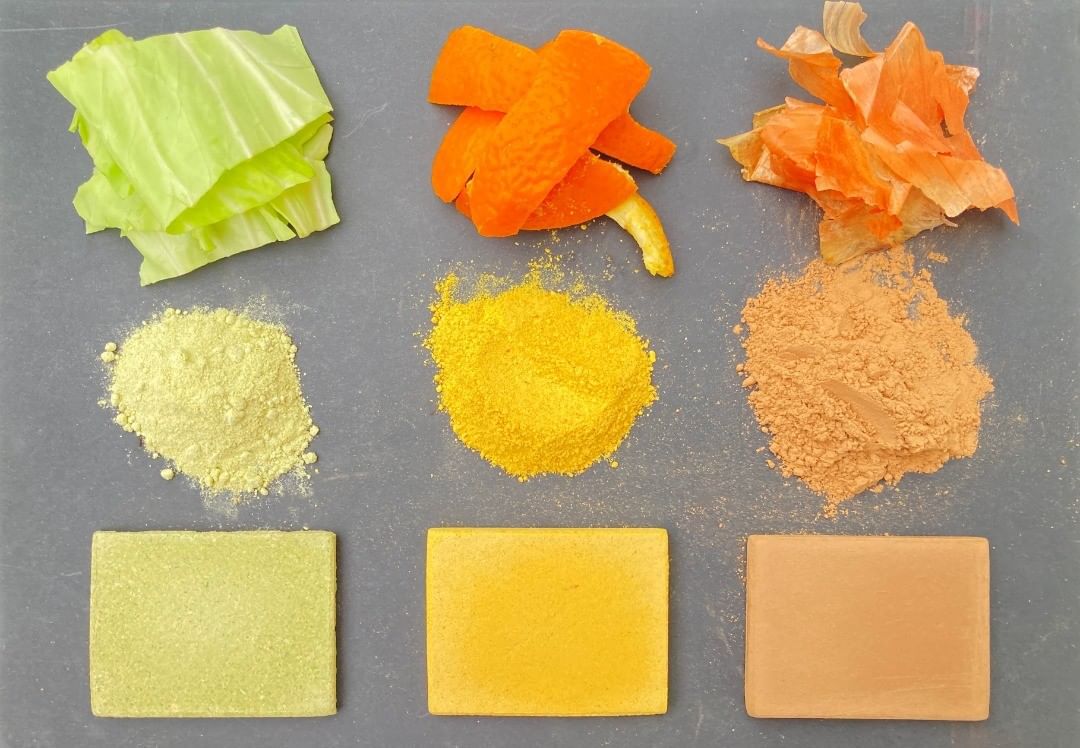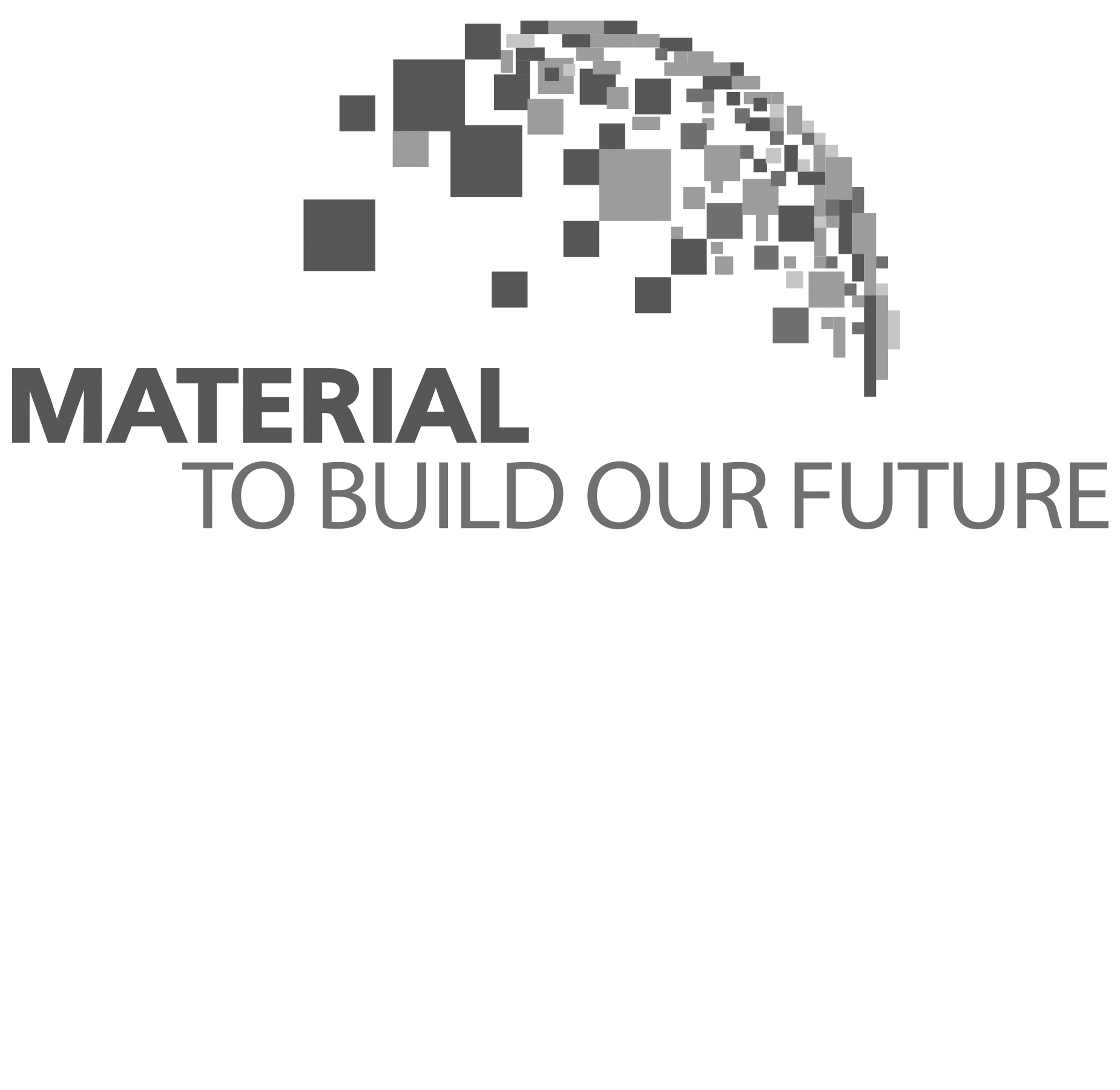
Reinventing Sustainable Construction with Edible Cement
Pushing the Limits of Sustainable Architecture
Edible Cement - Redefining the Boundaries of Sustainable Construction
One of the most significant recent developments in the construction industry is edible cement. With an aim to reduce the carbon footprint of buildings and infrastructure projects, it is a step towards environmentally viable civil infrastructure construction.
Traditional cement production is known to be a significant contributor to greenhouse gas emissions due to the high energy requirements and the use of fossil fuels in the manufacturing process.
A Great Potential for Green Cement
According to IMARC, the market overview of the global green cement market size reached US$ 31.1 billion in 2022.
Looking forward, IMARC Group expects the market to reach US$ 63.3 billion by 2028, exhibiting a growth rate (CAGR) of 12.3% during 2023-2028. Edible cement is an innovative material that has the potential to redefine the boundaries of sustainable construction.
Unlike traditional cement, which is made from non-renewable materials and contributes to considerable carbon emissions during production, edible cement is made from natural and biodegradable materials that are safe to be consumed as food.
Edible Cement from Japan
Technological advances are leading to innovations in construction materials around the world. In Japan, a newly established company has produced cement from food waste. This innovative initiative is also edible, which is redefining the boundaries of sustainable construction.
Edible cement is a mixture of cabbage leaves, orange peels, onions, bananas and a few slices of pumpkin. This food waste turns into cement with 4-times better bending resistance.
Market Growth Key Factors
Key factors driving market growth include the thriving construction industry and increasing concern for the environment.
Compared to traditional Portland cement, green cement significantly reduces carbon emissions, provides better functionality and requires fewer natural materials in its production.
With a growing awareness of the harmful effects of carbon emissions on the environment, there has been a shift towards green resources on the part of cement manufacturers. Edible cement is becoming increasingly common in residential, commercial and industrial construction.
In addition, stringent regulations and guidelines adopted by governments in emerging and developed countries have promoted the use of green cement and the construction of green buildings.
In addition, cement companies and plants consider factors such as growing urbanisation and growing demand for infrastructure such as offices, malls, theatres and hospitals, which also contribute to market growth.
Other Advantages
Edible cement also has other advantages over traditional building materials. It is already being used in construction projects around the world, and its popularity is growing as more people become aware of its benefits.
It is an important step towards more sustainable construction practices, and its use can help reduce the environmental impact of the built environment.
a. Sustainability
One of the key benefits of edible cement is its sustainability. As it is made from renewable materials and requires minimal energy to produce, it has a significantly lower carbon footprint than traditional cement.
Additionally, because it is biodegradable, it can be easily composted at the end of its useful life, reducing waste and environmental impacts.
b. Reduced Carbon Footprint
Edible cement produces fewer greenhouse gas emissions than traditional cement, which makes it a more sustainable option.
c. Improved Durability
More durable than traditional cement, which can lead to lower maintenance costs over time and be beneficial for cement suppliers.
d. Lower Water Consumption
The manufacturing process for green cement uses less water than traditional cement production, reducing the strain on water resources.
e. Cost-effective
The use of waste materials in the manufacturing process can reduce production costs, making green cement a cost-effective option for construction projects.
A high degree of versatility makes edible cement a pragmatic solution for many use cases, including providing insulation for structural components.
Its light weight makes it an ideal material to be used in areas with poor soil stability and in disaster relief situations where simple and rapid construction is needed.
Production of green or bio cement involves using alternative raw materials, such as waste materials from other industries, and utilising renewable energy sources in the manufacturing process.
With this new technology, edible cement shows significant promise as an alternative to traditional building materials, but with continued research and development, it could become a crucial tool in the fight against climate change and in the creation of a more sustainable future.
In Summary
As an initiative to bring down the threats produced by emissions, the manufacturing process of cement can be suitably altered to bring down the emission levels significantly.
In addition to its environmental benefits, edible cement also has the potential to create new economic opportunities.
The use of food waste as a raw material can create jobs in the collection, processing, and manufacturing of the cement, which can help stimulate local economies.
